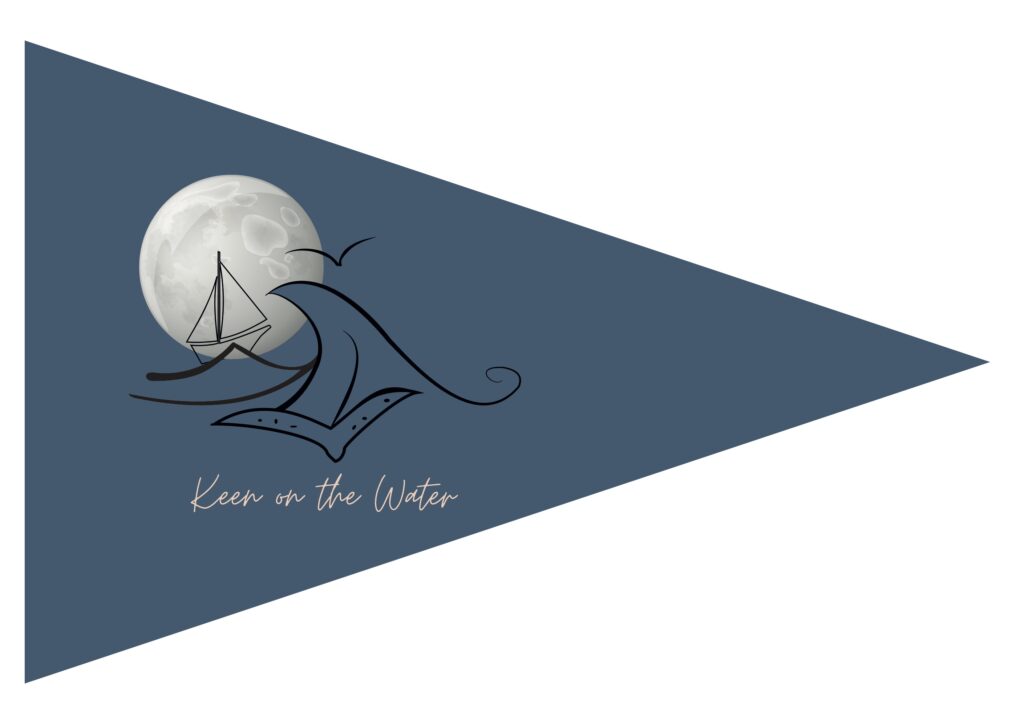Having the opportunity to go to Soufriere, St Lucia after sailing across the Atlantic was a great way to learn about the local Caribbean coral reefs ecosystems.
Myself and some of the other members of the crew from Moonflower 3 got to learn about the work Clear Caribbean are doing with the local community. They have started a coral nursery, growing Elkhorn and Staghorn coral in order to repopulate the decimated coral reef systems in St Lucia and the surrounding Caribbean nations.
Coral gardening, or farming, is the process of growing coral in order to re-populate reefs, for restoration purposes. Using fragments from other corals transported to a ‘nursery’ they are grown for several months. Once they reach a suitable size they are themselves propagated, and then out-planted to the Caribbean coral reefs to grow. They then become reproductive spawning members of the population helping the reef to continue recovering.
A holistic approach is used in Soufriere. Local fishermen, young people from the community and the dive centre, are involved in every aspect of the process, in order for stakeholder engagement to be a reliable, long term approach, giving a sense of ownership and responsibility to the local community – hopefully eventually leaving the whole process in the hands of the local people.
The team have trained a group of around 15 local people to dive so far, and the maintenance team is regularly made up of around 6 at a time, going out at least once a week to clean the coral nursery, out-plant the coral and check on the fish stocks.
Local fishermen say they have seen a significant difference to their catches within the last 5 years since the project beginning, giving them a reason to respect the reefs and not fish in the protected area.The team have also developed an NVQ in order to formalise the qualifications these young people are receiving, and are working with PADI and the Sandals Foundation to implement a PADI Coral Gardening speciality training course.
This past week I have been in quarantine aboard Rush, with the Baylis family having sailed down to Grenada from St Vincent with Natasha and the Lambert family on board Blown Away. With Louis and Summer we have been learning the basics of coral reef ecosystem biology.
– Coral’s are alive, and are actually animals, made up of multiple polyp’s encased in a hard crusting calcium carbonate exoskeleton.
– Coral reefs make up less than 0.1% of the ocean floor, however support about 25% or marine species; there are over 4000 species of reef fish.
– Coral reef systems form over thousands of years, most are evolved around volcanic islands and continental shelves in the tropics, growing upwards by 1-3cm per year, and outwards by 1-25cm.
Where we have been anchored in Carriacou has been amazing for taking Louis and Summer on a ‘practical’ where we saw the corals we had been talking about. We saw multiple species of fish, lobsters, different types of coral and sponges, seagrass, sea snakes and moral eels. All of this was extremely engaging, for children and adults alike. This kind of immersion in the natural world can really help with learning, helping it to hit home how important it is to look after the ocean. It’s particularly helpful to the children to be learning about the local Caribbean coral reef systems and then to be able to see it in person.
Unfortunately the reason for the amount of visible life here is because the quarantine anchorage they have chosen is in a marine protected area. You can see where all of the anchors have been laid, dragged and caused a line of destruction in the coral. A simple solution to prevent most of this destruction would have been to use the Q dock in the marina, or lay mooring blocks for boats to tie on to.
















